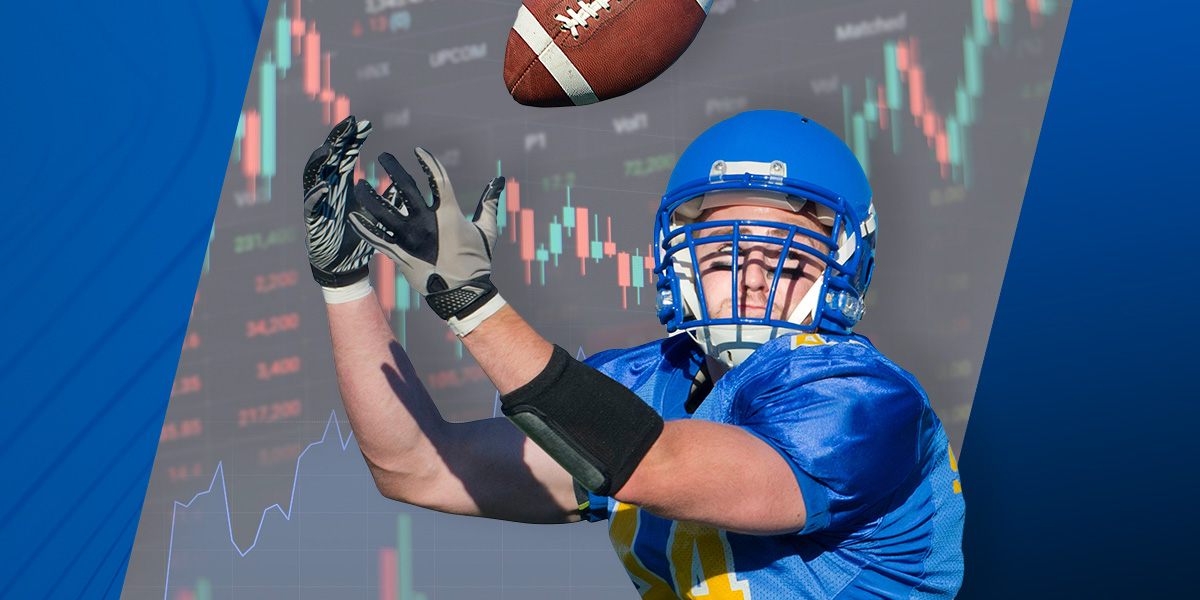Explore More
The era of the standalone stadium, used only a few dozen times a year, is over. Today, sports venues are being reimagined as the anchors for sprawling, year-round destinations designed to drive innovation, community engagement and economic growth.
Known as sports-anchored, mixed-use districts (SMDs), these developments combine an arena or stadium with residential, commercial and retail spaces. This transformative model is poised to dynamically alter professional sports ownership and urban life itself.
To unpack this shift, City National Bank’s JaHan Wang, executive vice president and head of Entertainment & Sports Banking, recently led a discussion on the future of sports venues with a panel of industry leaders, including Nick Baker of AEG Global Partnerships, Steve Cannon of Harbinger Sports Partners and Nicole Chaplin of KLUTCH Sports Group.
Mixing Business & Pleasure
For Chaplin, SMDs represent a chance for cultural and economic revitalization in their cities. She points to the live-work-play model that attracts residents while also bringing more visitors to the local economy.
“Owners, fans and cities are all seeing the opportunity to really leverage the stadium as the focal point that’s bringing culture to the city,” said Chaplin. “But then lifting all the tides of the city through community programming, retail and all these different things.”
Baker agreed with Chaplin, adding that investors favorably view the diverse use cases of an SMD. He pointed out that it would be hard to secure financing partnerships for a venue that’s only open a limited number of days annually.
“You’ve got to think about 365 days and a diverse offering,” Baker added. “We [AEG] have the Lakers, the Kings and the Sparks that participate within our building. But it’s tonight’s Benson Boone concert that’ll bring in a different type of fan.”
Finding Returns On & Off the Field
The centerpieces of these SMDs are undergoing significant internal changes. According to Cannon, the days of grabbing concessions and simply sitting in your seats are over; fans expect modern sports venues to enhance their experience.
“If you look at anything older than 20 years, roughly, it needs to be rebuilt,” Cannon said. “It’s not built properly for fan expectations of today, and it’s not built if you want to unlock premium economics.”
This premium requires enhancements such as multiple suite concepts, curated dining options and digital tools designed to provide personalized service, even within a throng of thousands.
For example, as part of the $6 billion Hollywood Park complex in Inglewood, California, the football stadium offers private entrances, bungalow suite seating with some of the league’s closest views of NFL action and immersive AR-driven content to complement AI-powered check-ins.
Building this kind of modern, SMD-style experience is a massive – and expensive – undertaking. Funding for these sophisticated, large-scale projects can take many forms. Blended capital stacks, institutional-level financing partners and private equity firms – with their access to larger sums of capital – are necessary components for development.
The use of public funds is often the most controversial aspect of a stadium deal, facing scrutiny from taxpayers. However, Chaplin argues that the modern SMD model directly addresses this concern by creating tangible community value that justifies the investment.
“When you can create an ecosystem, that creates civic pride,” she said. “When you’re doing things for community outreach and community programming, it changes the game for stadium financing.”
According to research from KLUTCH and RBC, 10.3 million visitors came to The Battery Atlanta and Truist Park with an average dwell time of 209 minutes. The average MLB game length in 2023 was 140 minutes. That means millions of visitors spent over an hour in the Braves SMD not watching live baseball. Every minute of that hour is a chance to capture dollars for the local economy through retail, hospitality, lodging and much more.
“The net impact of these is so positive on the community side, that it’s absolutely worth it to reach into the public coffers to provide whatever help,” Cannon said. “But it will be a complicated capital stack that will include public, ownership, private equity and banking. It’s going to take a community, because the entry price on these is now $2 billion.”
A New Era for Brand Partnerships
As more sports venues continue to anchor mixed-use districts, the implications for sponsorship and naming rights are undergoing radical change and growth. For example, Baker pointed to the recently renamed Crypto.com Arena in Los Angeles. That sponsorship deal was worth double the venue's original construction cost.
Digital signage within modern venues provides a way to dynamically change sponsors for each event, creating a tailored experience for audiences. And across a larger SMD, there are sponsorship opportunities for the buildings and experiences around a venue, creating nearly endless opportunities for brands.
“The district is a showcase for any type of business in that immersive experience,” Baker said.
But for all the talk of retail, sponsorships and real estate, the panel agreed that these investments are ultimately meant to support a winning product on the field.
“It’s still so important to stay focused on the core, which is live sports,” Baker said. “I go to a game because I don’t know what’s going to happen. I think that’s awesome.”
This article is for general information and education only. It is provided as a courtesy to the clients and friends of City National Bank (City National). City National does not warrant that it is accurate or complete. Opinions expressed and estimates or projections given are those of the authors or persons quoted as of the date of the article with no obligation to update or notify of inaccuracy or change. This article may not be reproduced, distributed or further published by any person without the written consent of City National. Please cite source when quoting.



